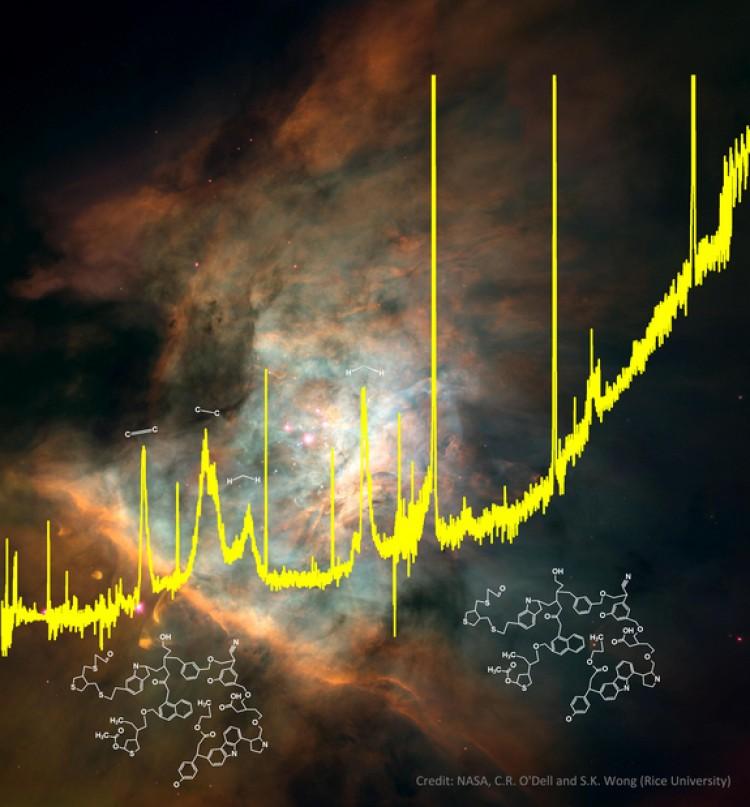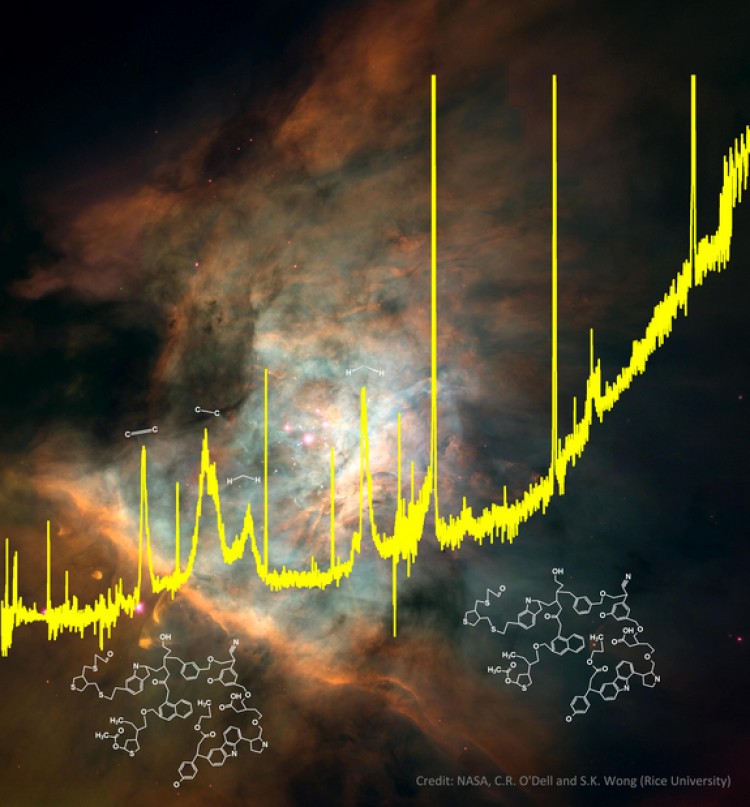Surprisingly complex organic compounds resembling coal and petroleum that are naturally produced by stars have been discovered in space, according to new research detailed in Nature on Oct. 26.
The substances comprise both ring-like (aromatic) and chain-like (aliphatic) parts, and are similar to complex organic compounds that occur in meteorites.
As coal and oil are the remains of ancient life, such matter was believed to be produced from dead organisms.
Two researchers from the University of Hong Kong analyzed infrared data from the Spitzer Space Telescope and the Infrared Space Observatory (ISO) to shed light on unexplained infrared emissions seen in stars, galaxies, and interstellar space known as “Unidentified Infrared Emission features.”
Previously, these were believed to be produced from polycyclic aromatic hydrocarbon (PAH) molecules, which are simple organic molecules composed of carbon and hydrogen atoms.
However, the team found that these spectral signatures have different features from those expected to be generated by PAH molecules.
The astronomers think that these substances are created from much more complex organic components. They studied star dust spectra from exploding stars known as novae, and found that such compounds are produced in only a few weeks and are being spread into interstellar space.
The study suggests that old stars are molecular factories that can generate organic compounds.
“Our work has shown that stars have no problem making complex organic compounds under near-vacuum conditions,” said Sun Kwok at the University of Hong Kong in a press release.
“Theoretically, this is impossible, but observationally we can see it happening.”
Based on this research, it is possible that stars may have filled our young solar system with organic compounds. Comets and asteroids could have carried this star dust onto Earth’s surface and helped to provide the ingredients for the creation of life.
The Epoch Times publishes in 35 countries and in 19 languages. Subscribe to our e-newsletter






